The cryptocurrency space is currently experiencing something which can only be described as a DeFi season. The successive release of DeFi protocols has seen the total value locked in the space exceed 9 billion USD.
While some of these protocols are not particularly noteworthy (or even outright ludicrous), others are bending the rules of traditional finance and introducing novel technologies which were thought to be impossible. UMA is one of these protocols.
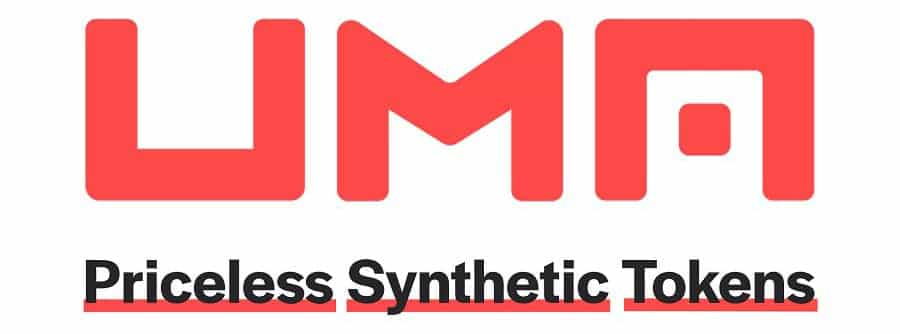
The mission of statement of UMA is to make it possible for anyone in the world to access financial risk. While this is music to the ears of adrenaline-soaked cryptocurrency traders, it is a symphony to legacy institutional investors.
Why? Because the market UMA is targeting is the derivatives market, worth anywhere between 500 trillion to over 1 quadrillion US dollars. Previously accessible only to accredited investors, UMA makes it possible for anyone to participate in the largest financial market in the world.
A brief history of UMA
UMA begins exactly where you would expect: Wall Street. Hart Lambur, a former professional trader at Goldman Sachs with a computer science background, later started a private business which he sold to go all in on cryptocurrency. In 2017 he founded Risk Labs which raised 4 million USD from the likes of Bain Capital and Dragonfly Capital to develop a cryptocurrency unlike any other.
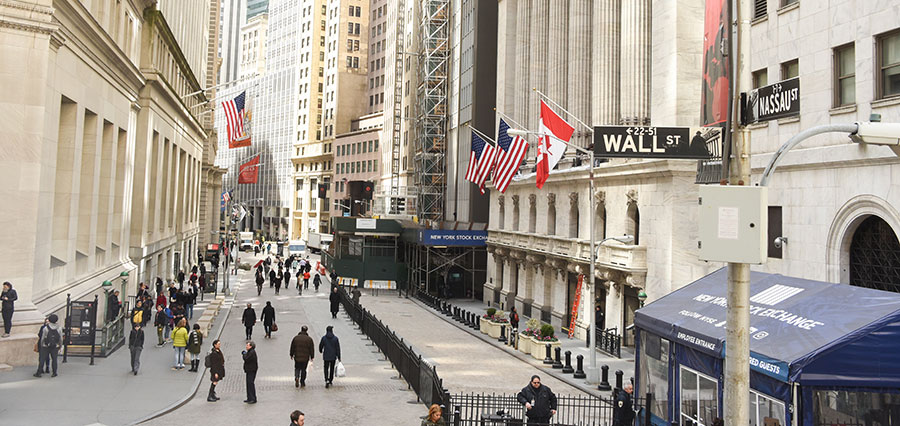
Around that period, Lambur gathered a team of 7 other heavyweights including Allison Lu, former Vice President of Goldman Sachs, and Regina Cai, a Princeton educated financial analyst and financial engineer. The first draft of the UMA whitepaper was released in December of 2018 and the UMA project was formally announced on Medium days later.
UMA cryptocurrency ICO
In April of this year, UMA hosted the first ever initial decentralized exchange offering on Uniswap. This saw 2 million of UMA’s 100 million initial supply sold at a cost of roughly 0.26$USD.
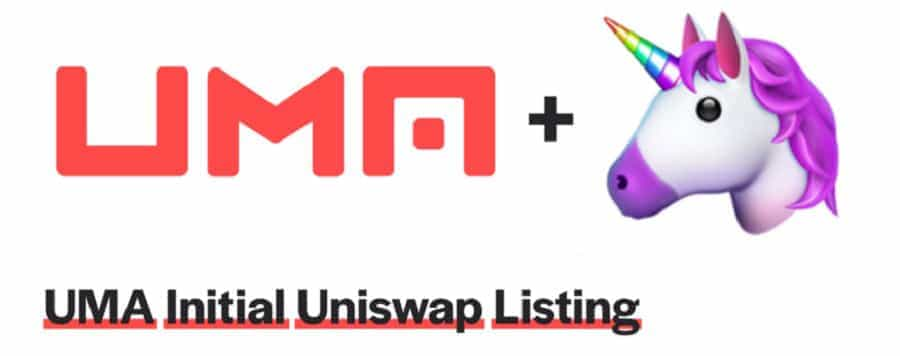
Of the remaining 98 million tokens, 48.5 million tokens were reserved for the founders of the project, 35 million tokens were allocated to the developers of the network, and 14.5 million tokens were reserved for future sales.
What is UMA?
UMA, short for universal market access, is a protocol built on Ethereum which allows users to create custom collateralized synthetic cryptocurrency tokens that can track the price of virtually anything. In plain English, UMA lets you trade any asset using ERC-20 tokens without having actual exposure to the asset itself.
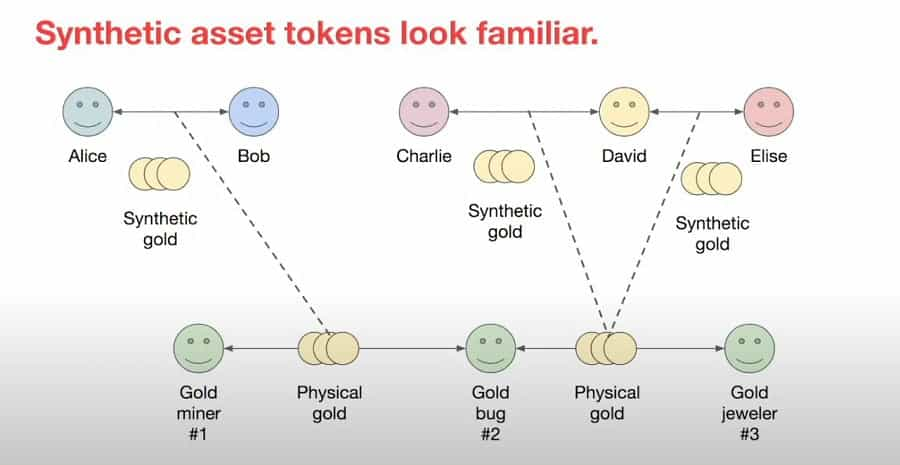
This allows anyone to gain exposure to assets which would otherwise be out of reach. The UMA cryptocurrency token is used for governance over the protocol and for its price oracle.
Why is UMA so significant? Because it opens a world of possibility for DeFi. For example, you could deposit some DAI into Compound for others to borrow which yields some amount of interest per year (let us say 10%). When you do this, you are given aDAI tokens which accrue the interest.
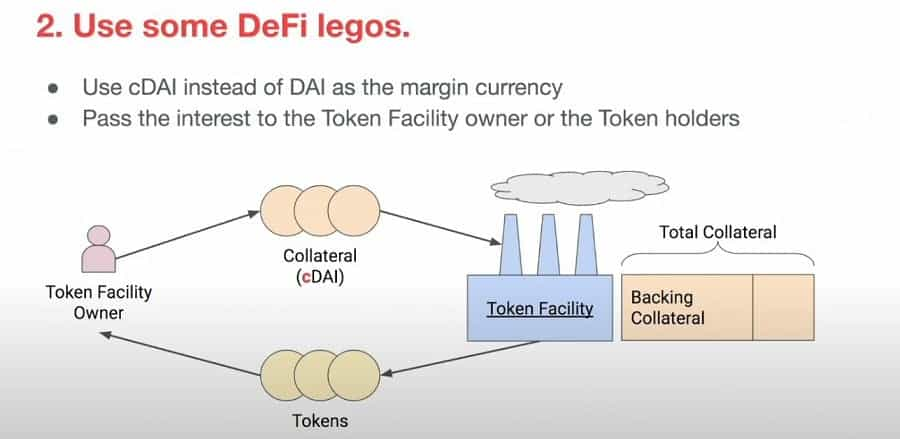
Since UMA makes it possible for just about any asset to be used as collateral, you could use aDAI as collateral to mint synthetic tokens representing say, the price of gold. You could then create a synthetic token which not only tracks the price of gold, but also accrues 10% interest per year via the aDAI that is locked. To fully understand UMA, we need to go through a few key terms first.
What are Derivatives?
In finance, a derivate is a contract between two parties about an asset, specifically the future price of that asset, where neither party needs to own or exchange the asset. Instead, some amount of collateral (usually fiat) is exchanged on the day that the contract ends based on its price at the time.
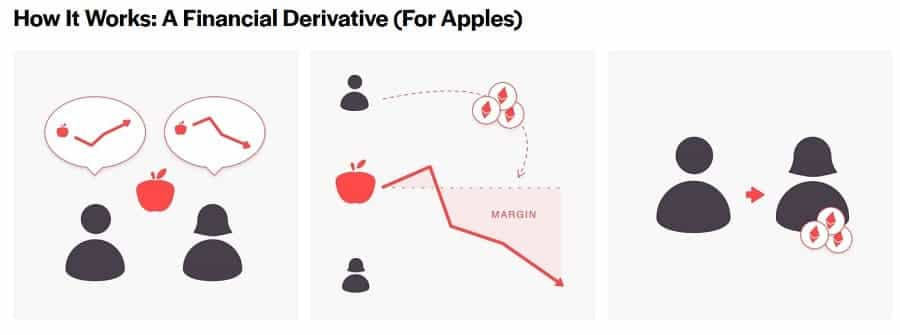
In legacy markets, derivatives are restricted to accredited and institutional investors because the procedural and legal framework to create and enforce derivatives contracts is incredibly complex and expensive.
What Does UMA Protocol do?
UMA puts derivatives on the blockchain. It creates a synthetic token for the asset when sufficient collateral is deposited, creates the contract terms for the issued token, and enforces them using financial incentives.
Instead of using a price oracle to determine when a token issuer is undercollateralized (not enough finances backing the tokens they are issuing due to a change in price), users on UMA are given financial incentive to identify and liquidate token issuers they believe are undercollateralized.
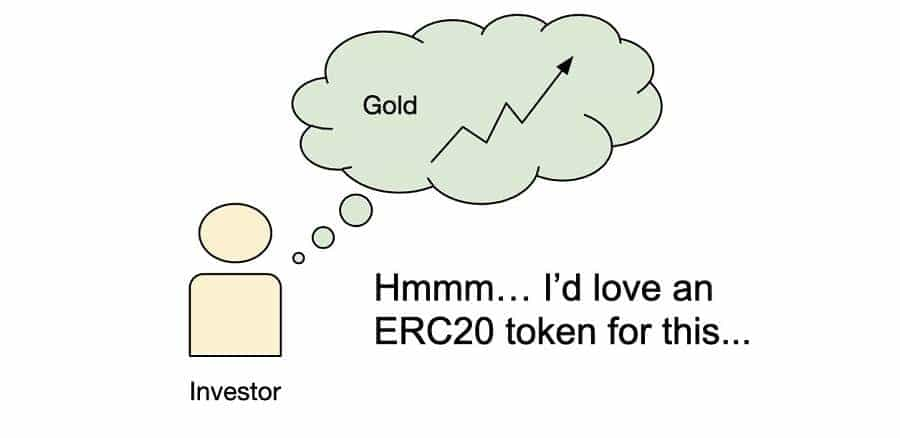
Oddly enough, UMA considers the use of oracles to be one of the biggest problems in DeFi, primarily because they are prone to failure during black swan financial events (e.g. a sudden crash due to a virus which shall not be named) and because they can be manipulated if enough cash is on the table to corrupt an oracle. Instead, UMA uses its oracle only to resolve disputes about liquidations (and these disputes are designed to be rare).
What are synthetic tokens?
Synthetic tokens can be quite difficult to wrap your head around. Thankfully, a page from UMA’s detailed documentation gives what is arguably the best possible definition: “Synthetic tokens are collateral-backed [ERC-20] tokens whose value fluctuates depending on the tokens’ reference index.” Synthetic tokens are basically derivative contracts on the Ethereum (or another smart contract) blockchain.
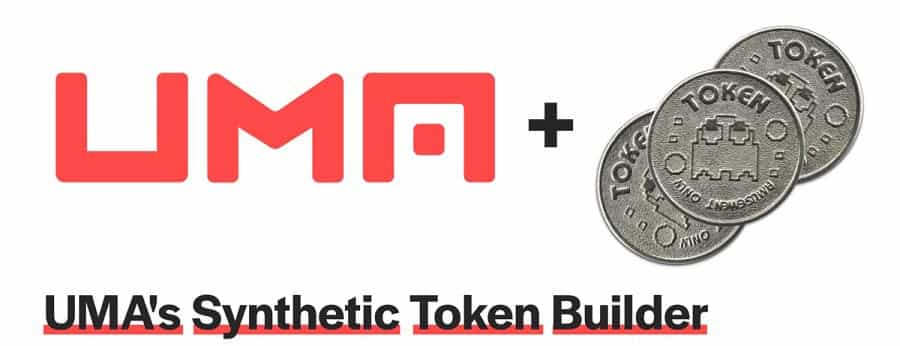
These tokens have 3 characteristics:
- They have a price identifier (refer to the price of some external asset)
- They have an expiration date (on which the contract is settled)
- They have a collateralization requirement (which can vary, but must be at least 120% of the value of the tokens being issued, e.g. to issue 100$USD of synthetic gold tokens, you would need 120$USD of cryptocurrency locked as collateral).
Let us peek under the hood and see what this DeFi machine is packing.
How does UMA work?
While UMA is conceptually complex, how it works is surprisingly easy to understand. At its core, UMA involves 3 elements: its framework for creating synthetic (read: derivative) token contracts on the blockchain (Token Facility), its Data Verification Mechanism (DVM, read: oracle), and its governance protocol.
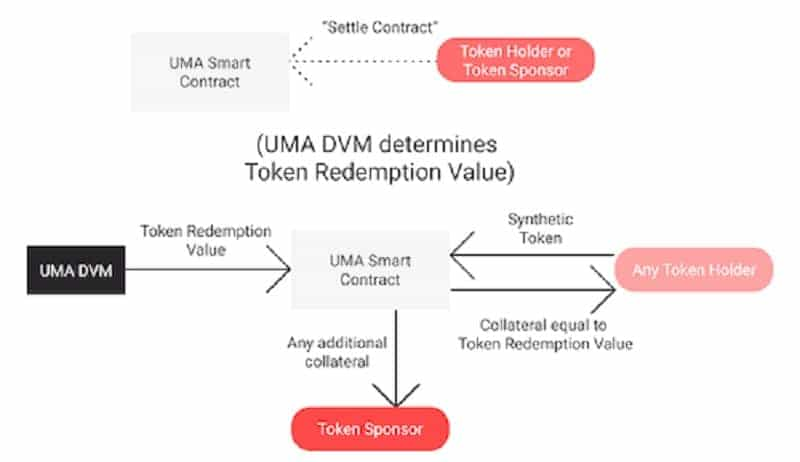
Token Facility refers to the smart contract on UMA which allows for the creation of synthetic tokens representing an asset. Anyone can create a smart contract within the Token Facility by defining/meeting the 3 characteristics noted earlier (the price identifier, the expiration date, and meeting the minimum collateralization requirement). The entity which creates the smart contract for synthetic tokens is referred to a Token Facility Owner.
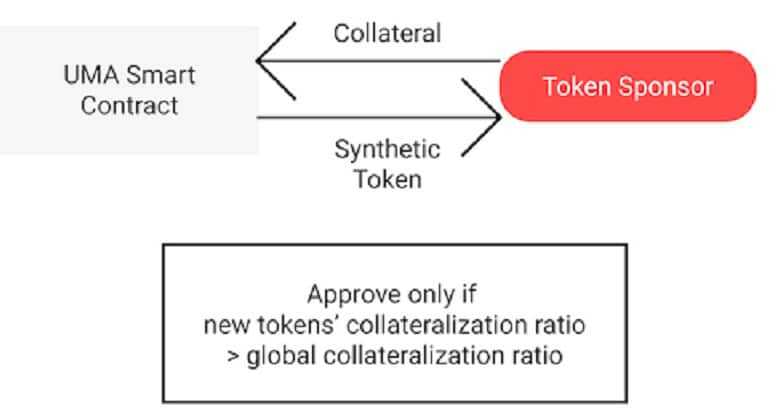
At this point, any other user can participate in the smart contract to issue more tokens by depositing collateral. These participants are referred to as Token Sponsors. For example, person A (Token Facility Owner) creates a smart contract to create synthetic gold tokens and deposits the necessary collateral.
Person B (Token Sponsor) thinks this synthetic gold token could be valuable and wants to issue some tokens themselves, so they deposit some collateral to issue more synthetic gold tokens themselves.
Data Verification Mechanism (DVM)
Unlike other DeFi protocols, UMA does not require a constant price feed for the protocol to operate. This is why both UMA and its DVM only are referred to as “priceless”.
In other protocols such as Aave, oracles are used to liquidate borrowers if they are not sufficiently collateralized by constantly checking the price of their collateral (liquidations are often caused by a sudden drop in the USD price of their collateral). So, how do you know of a synthetic token is properly collateralized in UMA?
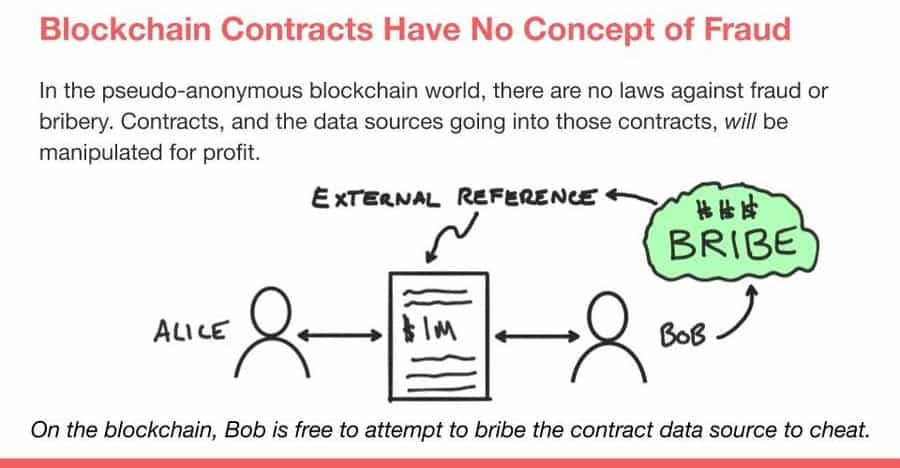
Instead of constantly checking the price of assets locked as collateral, UMA incentivizes token holders to constantly check that the issuer of that token is properly collateralized. They do this by checking the amount of collateral locked in the smart contract (since everything is publicly viewable on Etherscan) and then doing some simple math to see if the collateralization requirement remains met. If not, they (or anyone else) can call for a liquidation of some of the issuer’s collateral.
The Token Facility Owner can dispute the liquidation claim, at which they can stake a bond (in UMA tokens) to become a Disputer and call on the DVM oracle to resolve the dispute by checking the price of the collateral.
If the DVM determines that the Liquidator (the person who called the liquidation) made an incorrect claim, the Liquidator is penalized, and the Disputer earns a reward from that penalty. If the Disputer is wrong, they lose their bond, and Liquidator gets all of the collateral in the smart contract for that token.
How does the DVM work in UMA?
UMA is very aware that there is no rule of law in the cryptocurrency space. This makes many elements within it prone to corruption, including oracles. To combat the possibility of the DVM being corrupted, UMA uses a simple metric: the cost of corrupting the oracle must always remain greater than the potential profit which could be made by doing so.
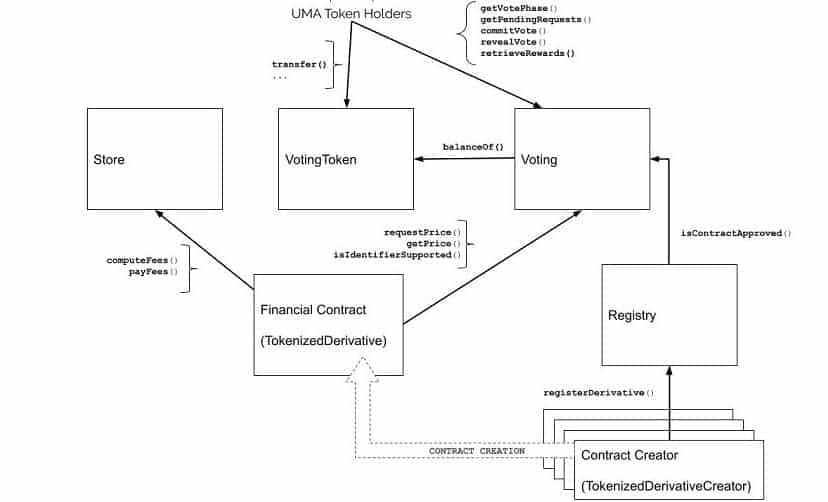
What entails is a three-step process wherein the cost of corruption (CoC) must be measured, where the profit of corruption (PoC) must be measured, and creating a mechanism where the CoC is always greater than the PoC. Since price the price the DVM oracle spits out is based on majority vote of other network participants (51%, requiring a minimum of 5% of all tokens to be used in voting), the cost of corruption is owning more than 51% of all UMA tokens, since these are used to vote on the price.

To assess the PoC, all smart contracts which are issuing synthetic tokens must report the potential profit which could be extracted from it if the oracle were to be corrupted. Adding the value of all assets in the various smart contracts on UMA provides the PoC.
To make sure that the CoC is always greater than the PoC, UMA buys and burns UMA tokens currently on the market to ensure that their value is always greater (specifically 2x) than the total amount of assets locked in the protocol. This is paid for using a tax which is levied on Token Facility Owners. The UMA protocol only charges what it needs to do this, no more, no less.
UMA Governance
When it comes to governance, UMA token holders have two responsibilities: to vote on the price of an asset when a request is given to the DVM, and to vote on changes and/or upgrades to the UMA protocol. Regarding these changes/upgrades, UMA token holders are able to introduce new assets (via the Token Facility smart contract), remove existing smart contracts which are not being used, and even shut down smart contracts in cases of emergency.
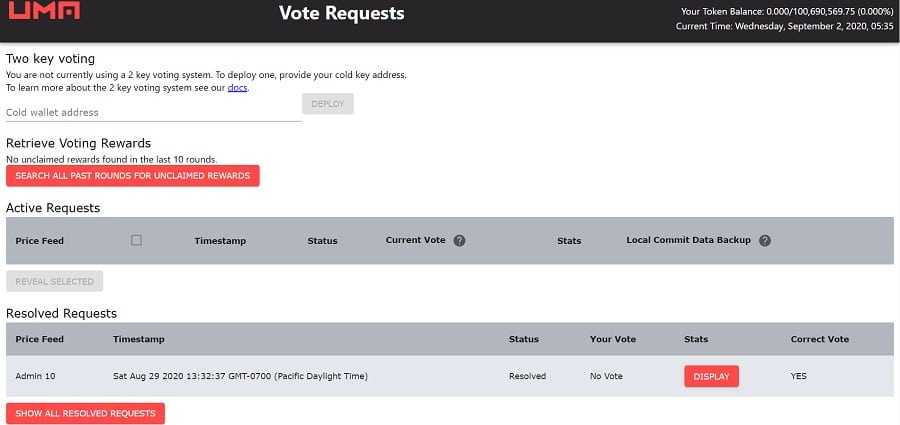
UMA Improvement Proposals (UMIPs) can be tabled by anyone and involve submitting a sort of standardized application for public voting. Standard consensus rules apply, meaning that 1 token equals 1 vote, and 51% of tokens must vote in favor of the proposal. If approved by the community, the development team at Risk Labs implements the change. Risk Labs can also decide to reject the proposed change, even if it has achieved a majority vote in favor of the proposal.

Those who vote are rewarded via inflation (5% of the 100m initial supply) which is distributed proportionally to what percentage of the total supply they staked. Inactive UMA holders are not rewarded with this additional inflation. This gives incentive to inactive UMA token holders to actually participate on the UMA protocol.
What is UMA cryptocurrency?
UMA is an ERC-20 token used to govern the UMA protocol and to vote on the price of an asset when the DVM oracle is called to dispute a collateral liquidation claim.
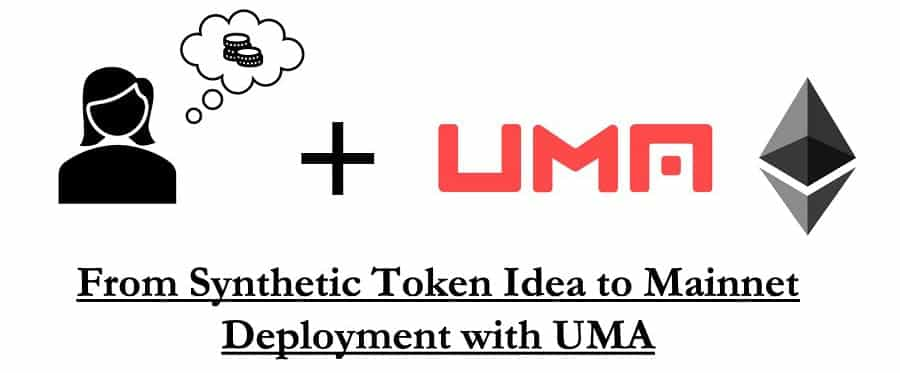
While its initial supply was 100 million, it has no hard cap and can be inflationary or deflationary depending on two elements: the amount of value currently in the protocol (since the more there is, the more the token is bought and burned), and the amount of UMA being used to vote in the protocol (since there is a 5% inflation from tokens used to vote).
UMA Cryptocurrency Price Analysis
UMA has the price pattern of most DeFi tokens. Shortly after its debut on Uniswap in April of this year, the UMA token reached a price of around 1.50$USD where it remained until late July.
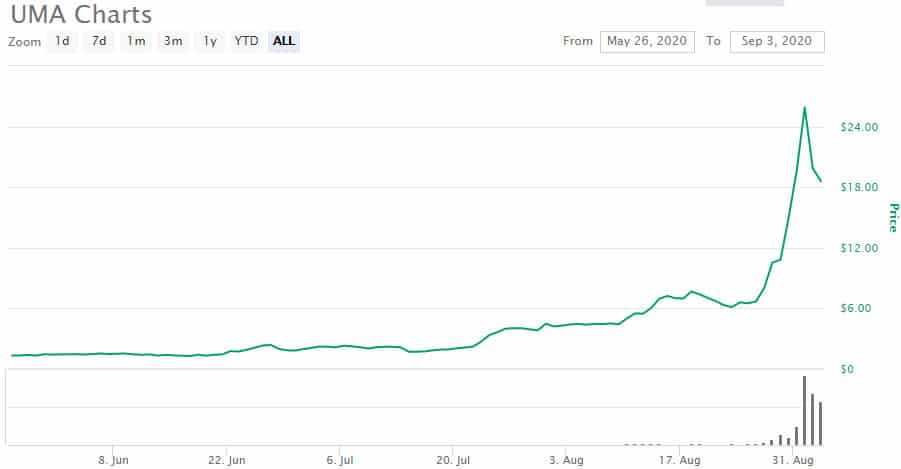
Days after UMA introduced its “yield dollar” (more on this later), the price spiked to almost 5$USD, and began a parabolic run which topped out at nearly 28$USD. It has since pulled back to around 20$USD.
UMA Cryptocurrency Markets
If you are looking to bank some UMA, your best options are unsurprisingly on decentralized exchanges such as Uniswap and Balancer. A word of caution: Ethereum gas fees are incredibly high at the time of writing, which means you may be shelling out an additional 40-90$USD in ETH to buy UMA using a DEX.
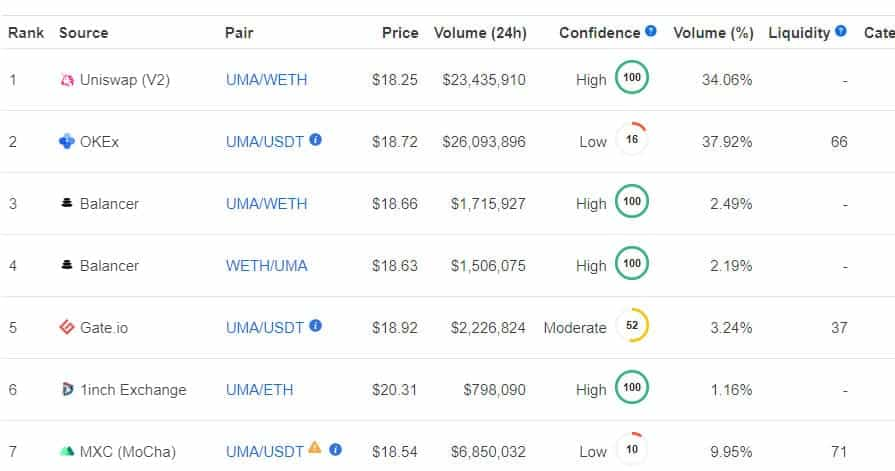
Your best centralized exchange alternatives are Coinbase (on September 4th), OKEx and Poloniex. The liquidity on the latter two seems questionable, meaning you might still pay a premium to buy there due to shallow order books.
UMA Cryptocurrency Wallets
The beautiful thing about DeFi tokens like UMA is that no matter how complex they are, storing them is always easy peasy because almost all of them are ERC-20 tokens built on Ethereum.
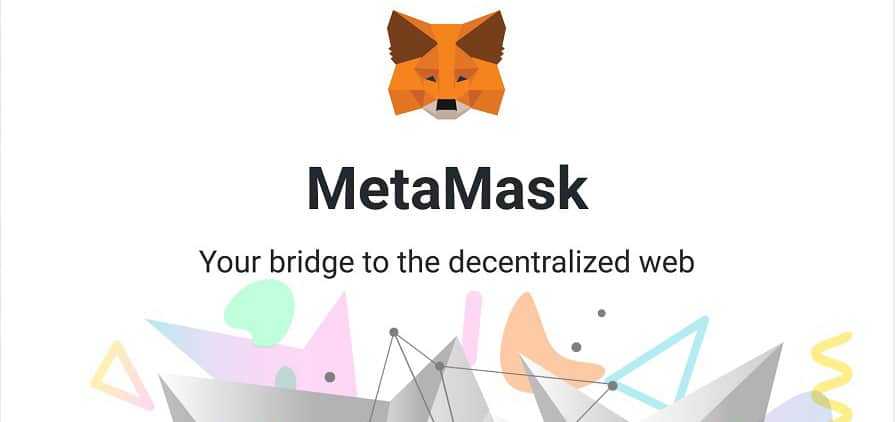
As such, you can store your UMA on virtually any wallet which supports Ethereum assets. UMA cryptocurrency wallets include Trezor (hardware), Ledger (hardware), Exodus (desktop/mobile), Atomic Wallet (desktop/mobile) and of course Metamask, the popular web wallet used to interact with DeFi protocols.
UMA Roadmap
It seems that people did not pay much care to UMA until it created a tradeable token representing the 500 largest US stocks less than a year later in March of 2019. By the end of 2019, UMA had released its protocol which would allow anyone to create a token representing a real-world asset. In May of 2020, UMA made crypto headlines when they released their first “priceless” synthetic token called ETHBTC which tracked the performance of ETH vs BTC.
Two months later, UMA revealed a yield token called yUSD. Being like a stablecoin, yUSD effectively functions as a fixed rate, fixed term loan. Contrast this to USDT loans from a platform like Compound, where the interest rate is variable and the term to pay it back is indefinite.
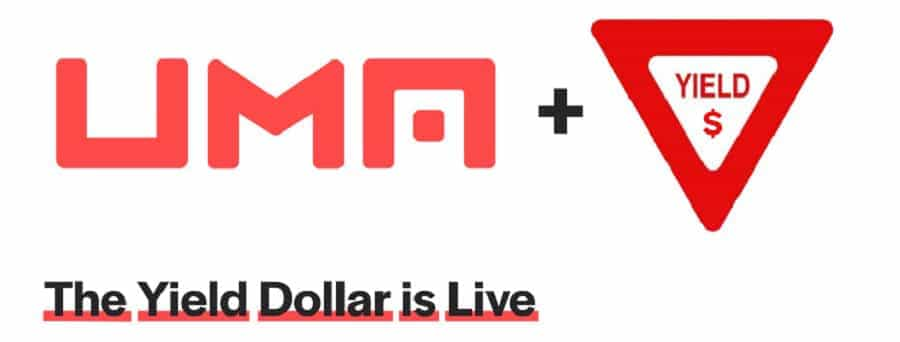
While there does not seem to be a future roadmap for UMA, a Coinbase listing (which was predicted in the initial draft of this article), is now imminent. This is no surprise given that Hart Lambur studied with Coinbase co-founder Fred Ehsram. Coinbase Ventures is also an early investor of the UMA project.
Although it is debatable whether UMA could be considered a DAO (UMA documentation also does not seem to claim this outright), UMA holders are those which will most likely have the final say on the direction of the protocol. The fact that 14.5 million tokens remain set aside for future sales along with the v1 designation of UMA’s DVM hints that there may be much more on the horizon for UMA.
Our take on UMA
UMA is a truly unique DeFi project with unimaginable potential. It is the same league as Ampleforth in this regard. There is perhaps no more qualified team to build a DeFi protocol than former Goldman Sachs veterans.
UMA has also given a 100x return on investment for those who got in early, and it seems that despite these gains, UMA remains relatively unknown (if we go by metrics such as Medium claps and social media interaction).
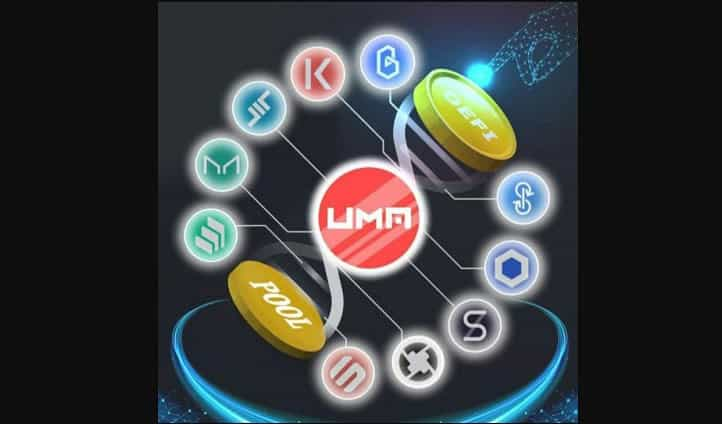
Some of you may be wondering how UMA compares to Synthetix, another synthetic token issuing protocol. Besides the noticeably more seasoned team behind the project, the biggest difference between Synthetix and UMA is that Synthetix uses its SNX token as collateral to create synthetic assets, whereas lets you use almost any cryptocurrency as collateral (in theory). Synthetix is also not ‘priceless’ like UMA and relies more heavily on oracles, one of which was exploited for 1 billion USD last year.
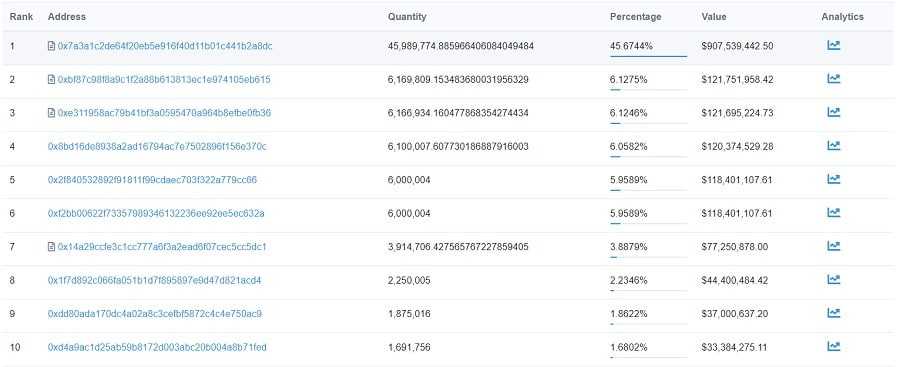
Not all is peachy with UMA, however. The fact that only 2% of its initial total supply of 100 million UMA was up for grabs on Uniswap is almost like a slap in the face to the cryptocurrency community.
It seems that although you can take cutthroat investors off Wall Street, you can not pry the Wall Street knife from their hands. On a reassuring note, the whopping 48+ million UMA tokens allocated to founders are currently off limits until 2021 and they have pledged not to vote with those tokens.
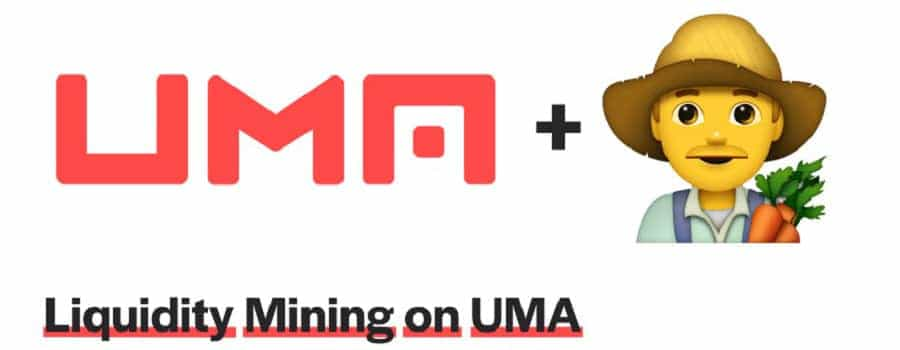
While a pledge is nice, having something coded into a smart contract would be preferred, and would even seem like the logical thing to do given the team’s frequent reference to their importance in upholding agreements in the crypto space. On the flip side, the team behind UMA has some connections which are very much out of reach for the majority of other cryptocurrency projects.
The fact that UMA is seeking to tap into a market which could be worth more than 1 quadrillion US dollars, has a team with the connections to bring the very parties which interact with that market into DeFi, and actually has a functioning protocol which appears to be incredibly robust, suggests not only a bullish future for UMA, but suggests UMA may be the protocol which will finally bring DeFi to the institutional investors required to make DeFi the future of finance.
Disclaimer: These are the writer’s opinions and should not be considered investment advice. Readers should do their own research.


